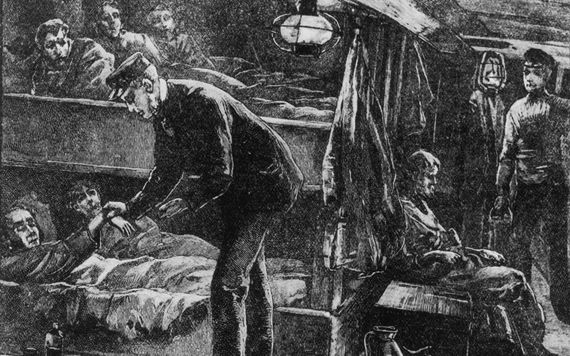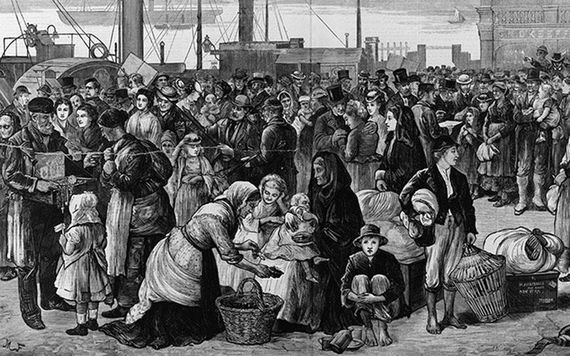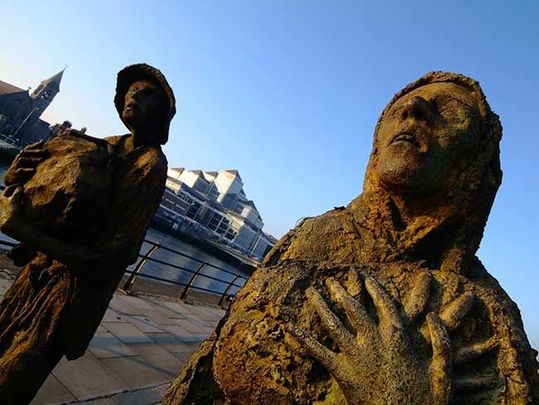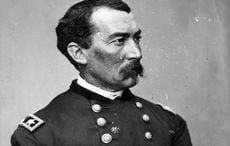Social distancing during the Famine was leaving your home and hearth and catching the boat to America.
The neighbors gathered for the American wake, and the road to America meant final separation.
The hovel you left behind had a dirt floor and was often shared with animals. Dysentery, cholera, malnutrition was rife.
Ventilators were the holes in the roof to let the smoke from the tiny fire escape. Once there was nothing to cook the fire went out and the people starved.
The social distancing when you left ended as soon as you were on board your Famine ship. You were packed tight as sardines, especially in bad weather when the winds howled. The crew battened down the hatches and you waited out the storm in cramped quarters, each lurch and lean of the ship a fearful event.

An illustration of life on board a Great Hunger "coffin ship".
Most families had a space of four to six feet to live in. You were living in this rat-infested hole for up to 40 days as your ship inched towards America.
If you were lucky you would get an hour on deck a day. A bucket was the only bathroom, hand washing an unknown ritual. Any water on board was precious for drinking.
The odds of you surviving the journey were about 50 percent. Like the African slave ships only the strongest survived. Weakened by hunger and diseased infested holds, it took a special person to survive.
As for deaths, they became part of the ritual. Like with coronavirus, the Famine diseases swept viciously through the old and those with any infirmity.
Burial was at sea, the body swung overboard and then a murmured prayer. A watery grave and a shattered dream was the fate of many.
Landfall in Canada was a glorious sight. But even if you made it across your journey and trials were only beginning. There was still a devil’s stew of horrific obstacles to overcome.
By the summer of 1847, like the desperate search today for hospital beds, there were only 150 beds in the medical inspection facility in Canada where the ships made landfall. Witnesses describe up to 40 ships waiting along the Saint Lawrence River, a two-mile line of ships jammed with typhus and cholera afflicted passengers. A 15-day quarantine was eventually enforced with passengers forced to stay in their own filth before disembarking.
The hospital on Grosse Isle, like the hospitals today, was jammed. If you could not get in you died by the roadside. Corpses were tossed into mass graves.

Irish Famine victims arrive at Grosse Ile, Canada.
Today’s scenes of coronavirus are not as desperate as those of Famine times, but once again it is poor migrants in neighborhoods like Queens who are taking the brunt and lining up outside hospitals.
To see their desperate faces as they wait for evaluation in long lines reminds us all of where we came from and what our people came through. May the immigrants of today come home safe, their precious dreams of this great country intact.
Abraham Lincoln said, “When you reach the end of your rope, tie a knot and hang on.”
Today we are hanging on, but let’s never forget those who came before us who went through such misery and pain yet triumphed. We can do it too.




Comments